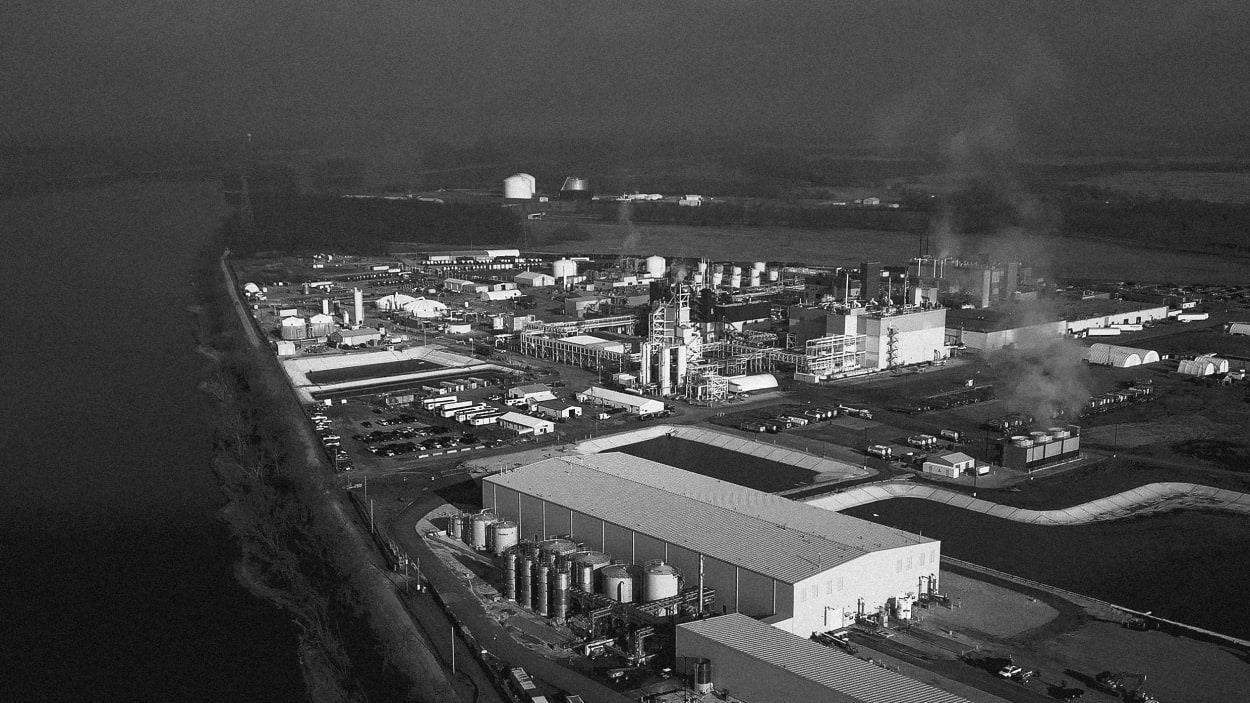The companies behind ‘forever chemicals’ covered up the dangers for decades
As early as the late 1950s, tobacco companies knew that smoking could cause cancer, but they still spent decades funding scientific research to obfuscate that fact. Back in 1979, Exxon knew that fossil fuels were linked to global warming, but the oil industry disputed climate science for years. And now, a new report reveals that as early as the 1960s, the chemical industry knew that PFAS, so-called forever chemicals, had adverse health effects—and they went on to suppress that knowledge.
PFAS, or per- and polyfluoroalkyl substances, are a class of synthetic chemicals used in everything from nonstick pans to water-resistant clothing. PFAS, in use since about the 1940s, have unique properties that impart those benefits, but they also stick around for years, polluting the environment and even our bodies. PFAS exposure has been linked to health effects like an increased risk of cancer, decreased fertility, developmental delays, and more.
As these forever chemicals have increasingly made headlines, revealed to be in more and more of our everyday items, some companies and states have taken action, removing PFAS from their products or banning products that contain these chemicals. In March 2023, the Environmental Protection Agency (EPA) proposed its first limits for forever chemicals in drinking water.
And while the dangers of PFAS seem to have been making headlines recently, a new paper published in Annals of Global Health reveals that the chemical industry has known about their health harms for decades. UC San Francisco researchers analyzed documents from DuPont and 3M, the largest manufacturers of PFAS, from 1961 to 2006, finding evidence that these companies knew about PFAS harms, and yet kept that information quiet.
“DuPont had evidence of PFAS toxicity from internal animal and occupational studies that they did not publish in the scientific literature and failed to report their findings to EPA as required under [The Toxic Substances Control Act],” the paper reads. “These documents were all marked as ‘confidential,’ and in some cases, industry executives are explicit that they ‘wanted this memo destroyed.’”
These files were uncovered through a lawsuit filed by Robert Bilott, an attorney who championed a class action lawsuit over PFAS contamination. In January 2021, DuPont, Corteva, and Chemours announced an $83 million agreement to resolve those personal injury cases, along with $4 billion to cover liabilities for their past PFAS use. (A 2018 documentary, The Devil We Know, highlights Bilott’s work.)
In those documents, it’s revealed that as early as 1961, Teflon’s chief of toxicology discovered that Teflon materials could increase the size of rats’ livers, and “advised that the chemicals “be handled ‘with extreme care’ and that ‘contact with the skin should be strictly avoided,’” per the paper.
A 1970 internal memo by Haskell Laboratory, funded by DuPont, noted that one type of PFAS called C-8 (also called PFOA), was “highly toxic when inhaled and moderately toxic when ingested.” In 1980, two pregnant employees who worked in a manufacturing facility for that particular chemical gave birth to children with birth defects, DuPont and 3M learned. “A third child had detectable PFAS in cord blood,” per the paper. No information on that was shared with employees, the paper notes; the next year, an internal memo declared, “We know of no evidence of birth defects caused by C-8 at DuPont.”
The company continued to claim no known toxic or health effects from that chemical for years. In 2004, the EPA fined DuPont for not disclosing their findings on PFOA, resulting in a $16.5 million settlement.
“These documents reveal clear evidence that the chemical industry knew about the dangers of PFAS and failed to let the public, regulators, and even their own employees know the risks,” Tracey J. Woodruff, senior author of the paper, professor and director of the UCSF Program on Reproductive Health and the Environment, and a former senior scientist and policy advisor at the EPA, said in a statement. “This timeline reveals serious failures in the way the U.S. currently regulates harmful chemicals.”
(26)



